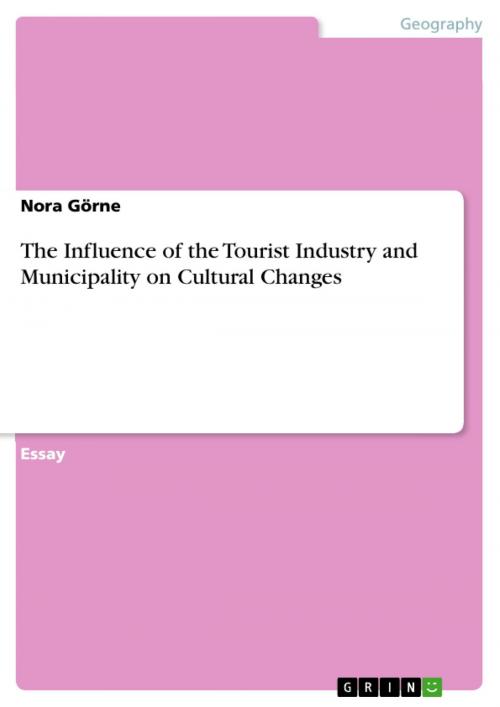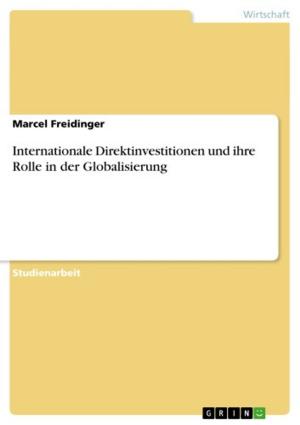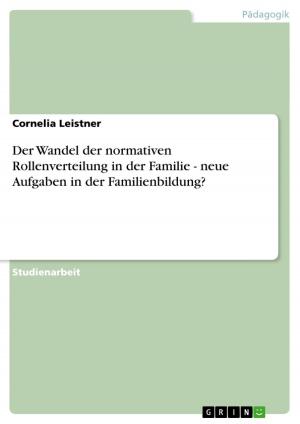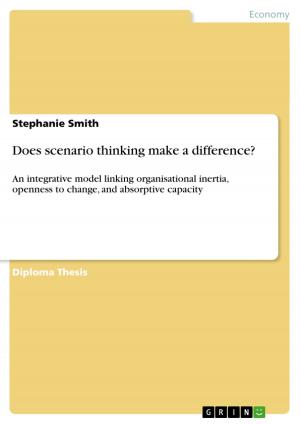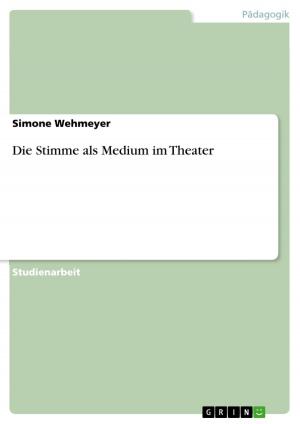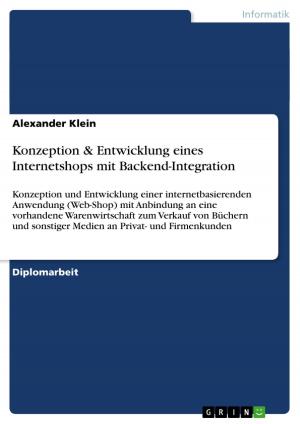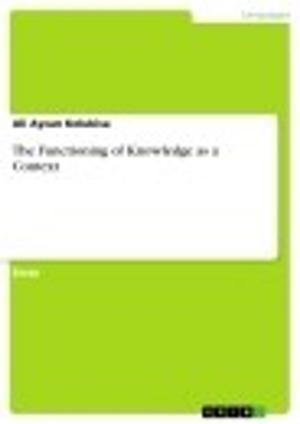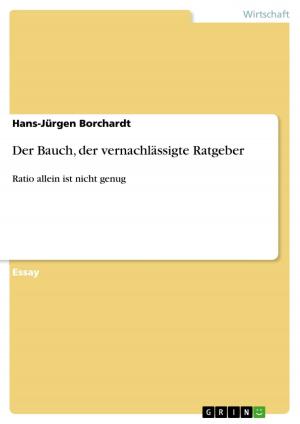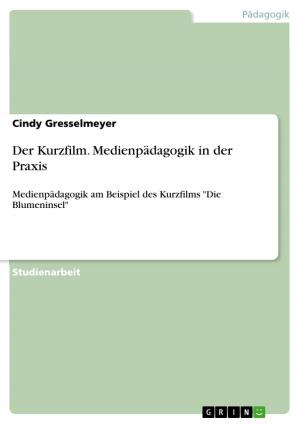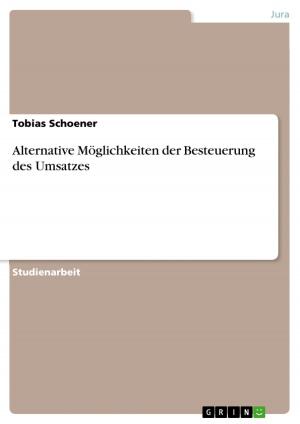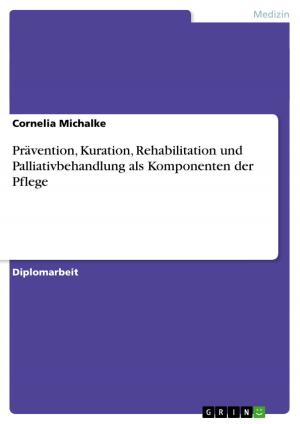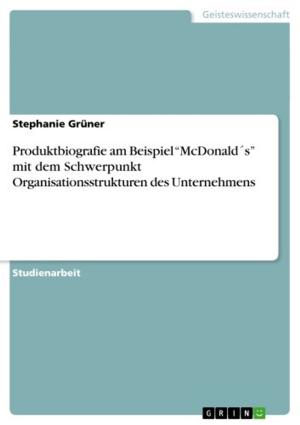The Influence of the Tourist Industry and Municipality on Cultural Changes
Business & Finance, Industries & Professions, Hospitality, Tourism & Travel| Author: | Nora Görne | ISBN: | 9783640994694 |
| Publisher: | GRIN Verlag | Publication: | August 30, 2011 |
| Imprint: | GRIN Verlag | Language: | English |
| Author: | Nora Görne |
| ISBN: | 9783640994694 |
| Publisher: | GRIN Verlag |
| Publication: | August 30, 2011 |
| Imprint: | GRIN Verlag |
| Language: | English |
Essay from the year 2010 in the subject Geography / Earth Science - Tourism Geography, grade: A, Utrecht University (Roosevelt Academy), language: English, abstract: That tourism flows pollute the local culture1 and degrade the authenticity of a location (Desforges 517-518) has almost become a truism. In fact, as Coleman and Crang observe such critiques are as old as tourism itself (qtd. in Desforges 522-524) and are linked up with a wrong understanding of places - at least from a human geographical point of view. If detractors state that a locality has become 'inauthentic' under touristic influence than in reverse it must have been 'authentic', meaning genuine, unaffected and stable, before travelers visited it and brought their own culture. In contrast there is basically no place which developed without the influence of travelers. As Doreen Massey notes a place is not the way it is because of internal characteristics but because of global linkages (qtd. in Crang 45-49) and as Desforges adds 'tourism and travel are merely a new form of interconnection between places' (523). For instance the Dutch city Middelburg gained some of its today's distinctive appearance and character by the slave trade and the resulting prosperity some hundred years ago (Encyclopædia Britannica). As Greenwood concludes 'some of what we see as destruction is construction' (182). However, distinctive local traditions like certain ceremonies can change or even lose not only their original meaning but also the sense for residents under the influence of mass tourism (Hall and Page 122; Greenwood 181-182). One example for such a change of meaning can be seen in the development of the wine festivals in the Palatinate in Germany which will be examined later.
Essay from the year 2010 in the subject Geography / Earth Science - Tourism Geography, grade: A, Utrecht University (Roosevelt Academy), language: English, abstract: That tourism flows pollute the local culture1 and degrade the authenticity of a location (Desforges 517-518) has almost become a truism. In fact, as Coleman and Crang observe such critiques are as old as tourism itself (qtd. in Desforges 522-524) and are linked up with a wrong understanding of places - at least from a human geographical point of view. If detractors state that a locality has become 'inauthentic' under touristic influence than in reverse it must have been 'authentic', meaning genuine, unaffected and stable, before travelers visited it and brought their own culture. In contrast there is basically no place which developed without the influence of travelers. As Doreen Massey notes a place is not the way it is because of internal characteristics but because of global linkages (qtd. in Crang 45-49) and as Desforges adds 'tourism and travel are merely a new form of interconnection between places' (523). For instance the Dutch city Middelburg gained some of its today's distinctive appearance and character by the slave trade and the resulting prosperity some hundred years ago (Encyclopædia Britannica). As Greenwood concludes 'some of what we see as destruction is construction' (182). However, distinctive local traditions like certain ceremonies can change or even lose not only their original meaning but also the sense for residents under the influence of mass tourism (Hall and Page 122; Greenwood 181-182). One example for such a change of meaning can be seen in the development of the wine festivals in the Palatinate in Germany which will be examined later.
